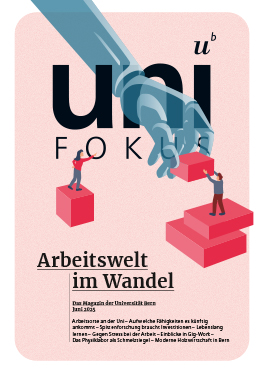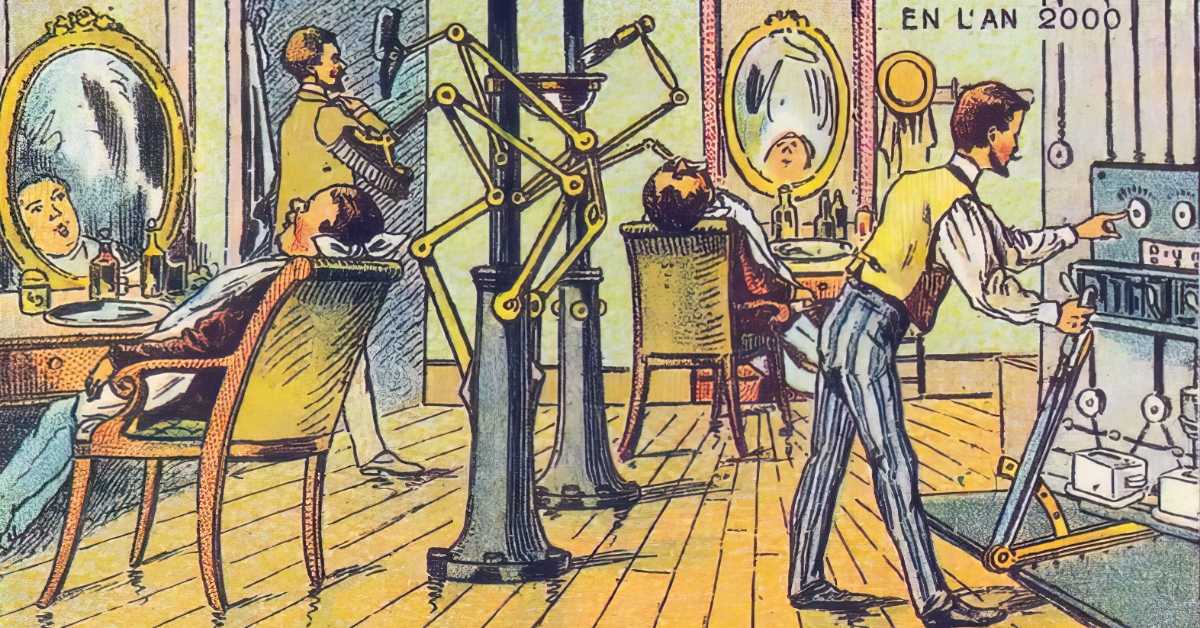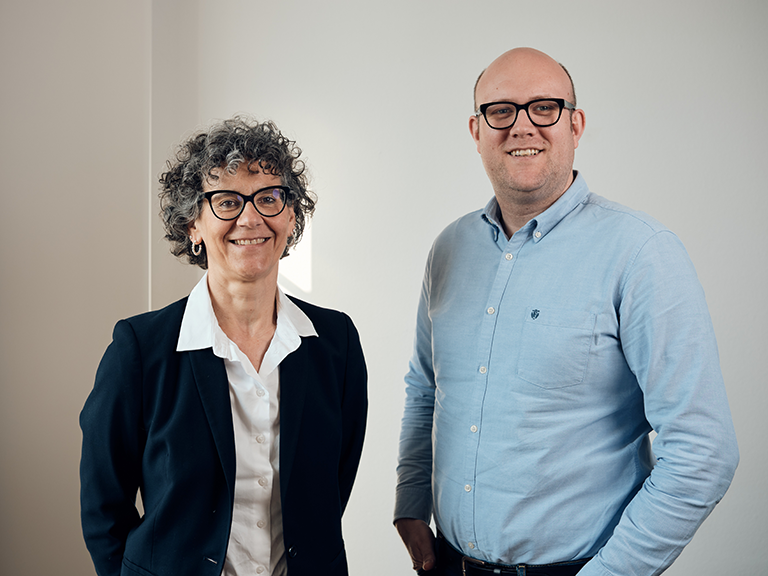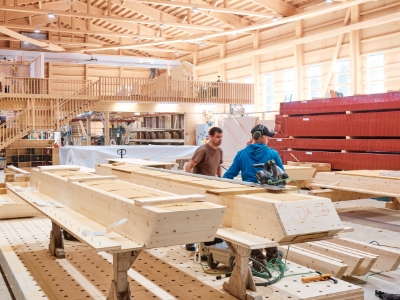Workplaces at the University of Bern
“Contemporary infrastructure attracts talented people”
More flexibility, sharing, hybrid models – new approaches enable contemporary work and help to use room infrastructure more efficiently. But now investments are needed to ensure that the University of Bern can continue to deliver top performance, says Stefan Rufer, Head of the Building Development Office.

Stefan Rufer: As I see it, a modern workplace is created where digital and physical infrastructure work well together. This setup enables a working environment that is flexible, connected and future-proof. This coordination is crucial, especially at a university with an extremely diverse range of activities and needs.
About the person

Stefan Rufer
studied architecture at ETH Lausanne and ETH Zurich and completed his postgraduate studies in monument preservation at ETH Zurich. He has been working in the field of architecture and monument preservation for 25 years. He has been in charge of the Building Development Office at the University of Bern since 2022.
The real estate portfolio must be as diverse as the working modalities at a university. One of our main challenges is to provide tailor-made and high-quality working environments while at the same time achieving the greatest possible space efficiency.
The University of Bern is a city university with unique qualities and numerous properties. This is a challenge, but also a great opportunity. My vision is to intelligently network this decentralized structure in order to promote flexible working models and facilitate collaboration across specialist boundaries. Between Central Administration and the faculties, between individual research units, but also sporadically between research and teaching. The infrastructure should not only be functional, but also actively support academic exchange. At the moment, a highly proprietary mindset still dominates in many places, which makes it difficult to share infrastructures across the boundaries of organizational units. As room administrators at the University of Bern, we want to break down this mindset and move toward an understanding of space and work that actively promotes collaboration across disciplines.
Magazine uniFOKUS

The changing world of work
This article first appeared in uniFOKUS, the University of Bern print magazine. Four times a year, uniFOKUS focuses on one specialist area from different points of view. Current focus topic: The changing world of work.
First of all, it’s an opportunity: Our connection with the city is appreciated by both employees and students, and we also want to actively promote the qualities that can arise from this. For example, University members can benefit from good transport connections and the city’s restaurants, but the city’s population can also make use of the University’s catering facilities.
However, the fact that the University is embedded in an urban district places tight limits on spatial development. Student and employee numbers are growing steadily. In order to remain competitive, the spatial structure must grow along with it, and external locations must also be included as satellites in the development strategy in the future. I see this as a major challenge.
“If Bern wants to afford an excellent University, the canton must also provide the necessary investment funds.”
Stefan Rufer
Why?We are heavily dependent on the canton when it comes to the space available. It is often the case that urgently needed rooms are only available years later than they were actually needed.
How do you deal with this?We have to get the best out of existing structures, develop new usage concepts or try to increase efficiency in existing structures. I’m thinking, for example, of shared infrastructures so that buildings can be better utilized.
Is that enough?No, in the long term, there needs to be a real commitment at the political level to ensure that the University of Bern, which conducts cutting-edge research in many different areas, also has an adequate infrastructure with which it can remain competitive. If Bern wants to afford an excellent University, the canton must also provide the necessary investment funds to enable the University to achieve this growth.
Subscribe to the uniAKTUELL newsletter

Discover stories about the research at the University of Bern and the people behind it.
Yes, particularly researchers who rely on well-equipped laboratory infrastructures feel the consequences of the difficult spatial situation most strongly. It is impressive to see the resilience of researchers in sometimes outdated facilities as they strive to achieve top performance – but research needs a modern working environment if it is to maintain its high standards in the future. The long lead times of projects present an additional problem. What we are planning today may not be realized until 15 or 20 years from now. This makes it difficult to react flexibly to changes.
To what extent does the infrastructure determine the University of Bern’s ability to be a top university?Good infrastructures are the basis for people to develop their full potential. Modern infrastructure makes it possible to work in different locations and facilitates the interdisciplinary work that is often indispensable for innovative research. This in turn attracts talented employees, who are ultimately critical to a top university.
Current projects
New forms of work
Hybrid models: Even though the University of Bern sees itself as a face-to-face university, flexible working plays a key role. The University relies on models that enable both on-site presence and digital flexibility – such as concentrated working from home, on-site meetings, or hybrid formats for interdisciplinary projects. This combination makes it possible to respond to individual needs while at the same time taking advantage of the benefits of physical proximity.
Desk sharing: Increasingly, more efficient use is being made of office space. The University is increasingly striving to implement desk sharing in order to make better use of available space resources. As a result, space can be gained for additional employees or new uses such as retreat rooms, telephone boxes or smaller meeting rooms.
A pilot project involving desk sharing and “modern” office space was implemented in the Central Administration of the University of Bern: The results were very positive. The concept is now being further developed in a targeted manner. If this approach is systematically pursued at the University, exceptions must be reduced to ensure uniform implementation. In addition to shared workplaces, the joint use of other infrastructures is also an important aspect of modern forms of work. In the faculties and institutes, the Building Development Office plays a supporting role and assists interested units in the implementation of new workplace concepts.



